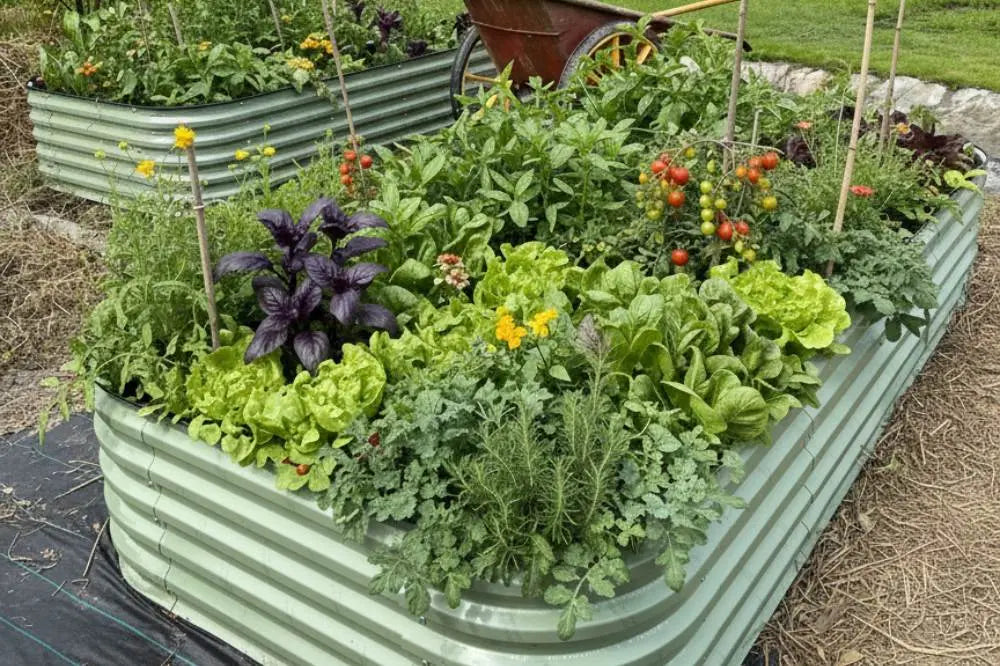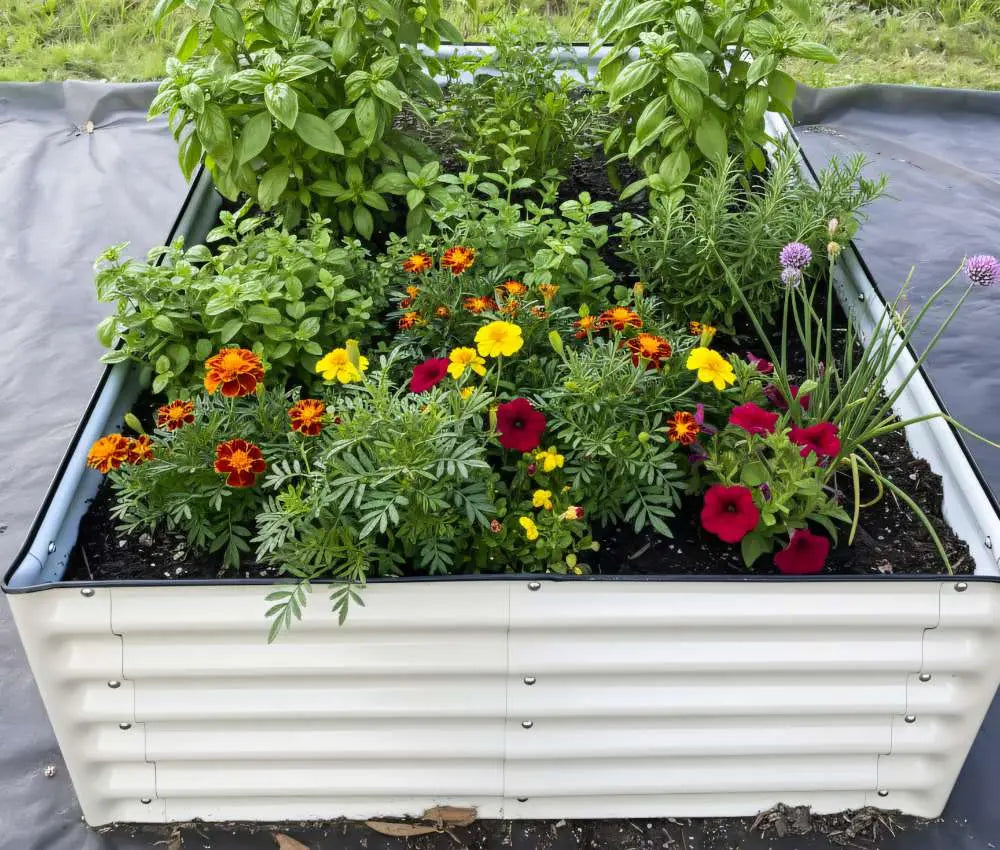How to Start Seeds - Easy Seed
By Vidura Randeepa
Author bio: Vidura Randeepa is passionate about vegetable gardening and grows tons of flowers, herbs, and fruits. She is the writer of Life and Agri, where she writes articles on gardening (indoors), landscaping, horticulture, organic gardening, fertilizer, pests, and diseases.

Germination
Although gardening can be a profitable and enjoyable activity, it can also take a lot of time. In this article, we will teach you the basics of starting seeds, so that you can start growing your own vegetables or flowers in no time at all.
What are Seeds?
Seeds are little packages of life that are stored inside a pod. They come in many different shapes and sizes, but all seeds have two important things in common: they contain the genetic information for a plant, and they need water, light, and air to grow.
How to Start Seeds Indoors with Grow Tent Kits
Seeds can be started indoors in a number different methods. One way is to use a soil starter kit. Another way is to use a propagation mix and then sow the seeds directly into the mix. There are also ready-to-germinate seed packets available that you can buy at most stores.
If you want to start seeds indoors, you will need to use a grow tent kits. These kits come with all the necessary supplies, including a grow tent, light stands, grow room thermometer, and soil mix. Here are five tips for starting seeds in a grow tent:
1. Choose the right grow tent kit. There are many different types of grow tents on the market, so it is important to choose one that is suitable for your needs. For example, some kits include lights while others do not. Before beginning your project, make sure to thoroughly read the guidelines.
2. Pre-soil your grow tent. Before filling your grow tent with soil, it is important to pre-soil it. This will help improve drainage and aeration in the growing area. Mix 1 part organic soil with 2 parts water to create a thick slurry and spread it over the growing area before tamping it down with your hands or a garden roller.
3. Fertilize your plants regularly. Once your plants have grown roots in their pre-soiled substrate, add an organic fertilizer diluted by half (or less) every week until flowering is completed. Check the label. Here is guide to best fertilizer for vegetabale garden.
How to Grow Seedlings
Starting seeds can be a fun and easy way to get your gardening project started. There are a few things you will need before you can begin planting: soil, seed, and water. Here are some ideas to get you going.
1. Choose the right soil: You can start seeds in any kind of soil, but make sure it is well-drained and has good drainage. You can also use a mix of different soils, as long as they are well-mixed before planting. Avoid starting seeds in potting soil or garden soil that has been treated with pesticides or other chemicals.
2. Get some seed: You will need at least one variety of each seed you want to plant. There are many options available, so shop around and find what is best for you. Some common types of seeds are birdseed, petunias, tomatoes, and peppers. Check the package for information on how many seeds are in each pod.
3. Plant the seed: Plant the seeds about 1/4 inch deep in the soil and press them down gently with your fingers or a spoon. Water the plants well when they germinate and continue watering them until the plants have leaves.
Do You Need A Humidity Dome For Seeds?
If you're starting seeds in a garden bed, you don't need a humidity dome. But if you're germinating seeds in the ground, a humidity dome is a good idea. A humidity dome for seedlings helps to maintain the right moisture level for your seedlings.
If you are starting seeds in the soil, you will likely need a humidity dome for optimal germination. A humidity dome is a sealed container that maintains a high level of humidity inside the dome. This is important because too much moisture can lead to damping-off, a condition in which seedlings can die.
To create a humidity dome, fill a large plastic storage bag with pebbles and water. Seal the bag and place it on the bottom of a plastic container. Make sure the container has good ventilation so the dome can breathe. Place your seeds on top of the water and pebbles and seal the container. Keep the dome at room temperature (68-72 degrees F) and keep it humid by spraying it with mist or watering it regularly.
How to Grow Plants
To grow plants, you first need to get some seeds. There are many types of seeds, so find the type that is best suited for the plant you want to grow. Some popular types of seeds are flower seeds, vegetable seeds, and herb seeds. Once you have the seeds, you need to plant them in soil. Soil is a mixture of sand, dirt, and rocks. You will also need water to help your plants grow. Be careful not to overwater your plants; too much water can drown them. Once your plants grow roots and start producing leaves, you can begin to care for them. Make sure they get enough sunlight and water, but be careful not to over-fertilize or overwater them.
How to Harvest Seed Plants
When starting seed plants, it is important to know how to harvest the fruits and seeds from the plants. There are several different ways to harvest seed plants from your raised beds, and each has its own benefits and drawbacks. Here are four different methods for harvesting seed plants: hand-pollination, machine-pollination, asexual reproduction, and cross-pollination.
Hand-Pollination: Hand-pollination is the most traditional method of harvesting seed plants, and it involves manually transferring pollen from the male part of the flower to the female part. This method is used when you want to produce seeds that are true to type (that is, those that are genetically identical to the parent plant). Hand-pollination is also used when you want to create hybrids (seed varieties that have characteristics of two or more different species).
Machine-Pollination: Machine-pollination involves using a machine to transfer pollen from the male part of the flower to the female part. This method is used when you want to produce a crop of mixed types (that is, some seeds will be from one variety and others will be from another variety). Machine-pollination can also be used when you want to create hybrids.
Conclusion
Starting seeds is a great way to get your garden up and running quickly, and it's also a great way to learn about plant anatomy and how plants grow. In this article, we will show you how to prepare the soil, choose the right seed mix, sow the seeds, water them properly, and care for your new plants. Have fun planting!


